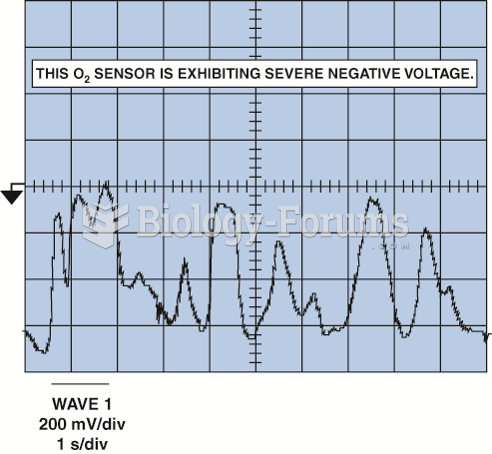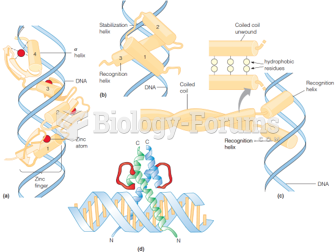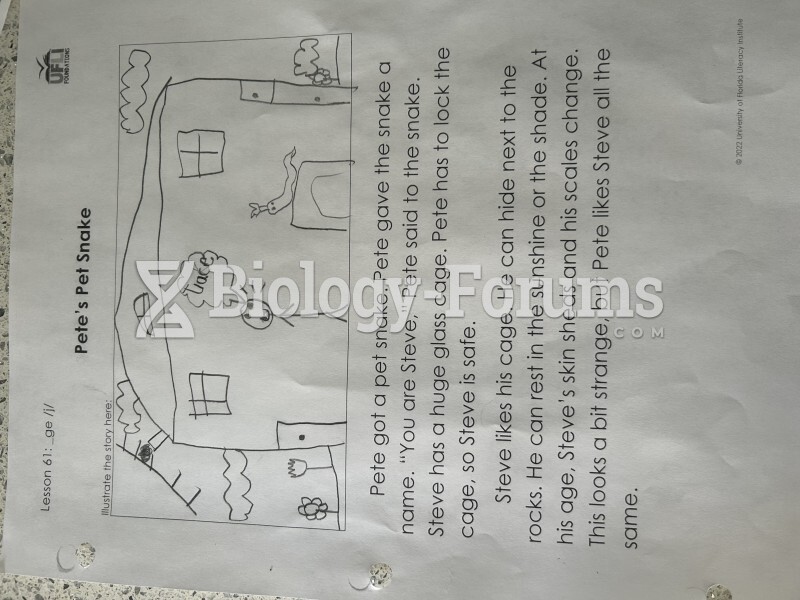Answer to Question 1
Answer: C
Explanation: C) Email and web browsing rank first and second in terms of the most common non-voice uses of smartphones, and more email messages are now opened on mobile devices than on PCs.
Answer to Question 2
Answer: The Communication Process Model begins with the sender having an idea. There is the potential for failure in this step if the idea is merely a complaint, or the sender does not fully understand the goal of their message. The second step of the model is encoding the idea as a message. Encoding is based on the sender's beliefs and culture and may not be applicable to the receiver. The third step of the process is producing the message. The potential for error is in not considering what is most appropriate for the audience and their preferences. The fourth step of the process is transmitting the message. The potential for communication breakdown could be the result of technology errors, information overload or a lack of understanding on the part of the receiver. The fifth step of the process is when the audience receives the message. The audience must find value in the message, and find a way to assign value to it. Next, the audience decodes the message. Decoding is done based on the audience's beliefs and values, which may be different from the senders. The seventh step is the receiver's response to the message. The potential for failure in this step is the receiver's ability to remember, act or being motivated to respond. The last step in the process is providing feedback. Feedback can be misinterpreted, incomplete or decoded incorrectly.







